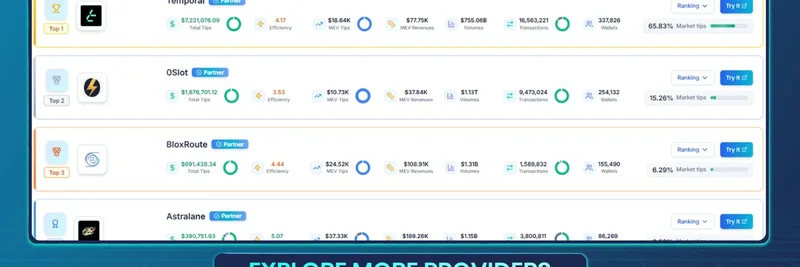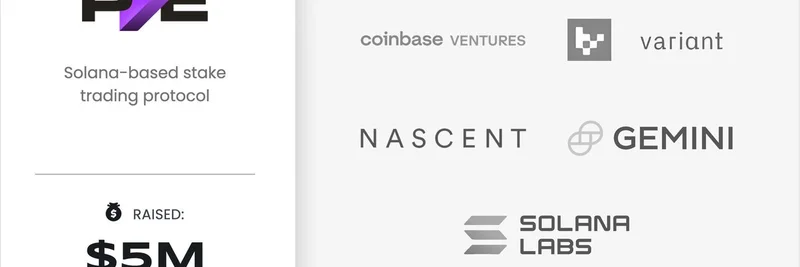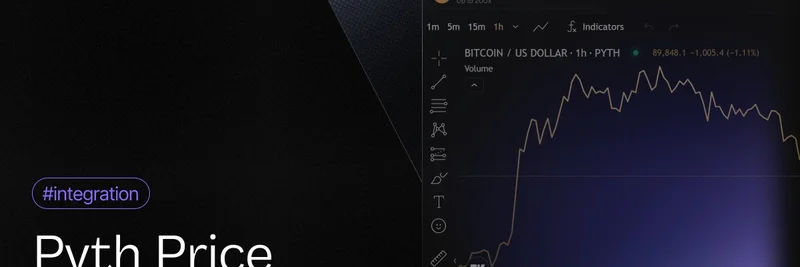Hey there, crypto enthusiasts! If you’ve been diving into the wild world of blockchain lately, you’ve probably come across the heated debates about how to value those mysterious DA (Data Availability) layer tokens. On July 2, 2025, Nick White (@nickwh8te) dropped a thought-provoking tweet that’s got everyone rethinking their mental models. He suggested that instead of viewing DA layer tokens as AWS credits (a common analogy), we should see them more like AWS stock. Let’s break this down and see what it means for the future of blockchain!
Why AWS Credits Don’t Quite Fit
First, let’s talk about the AWS credits analogy. Many in the crypto space have compared Ethereum’s Layer 2 (L2) solutions—like rollups and sidechains—to AWS credits, which are basically vouchers you can use to pay for cloud services. The idea is that these tokens are a way to access the infrastructure, much like credits let you tap into Amazon’s computing power. But Nick White argues this misses the bigger picture. AWS credits are temporary and tied to specific usage—they expire, and they don’t grow in value over time.
In contrast, DA layer tokens are part of a decentralized ecosystem that’s built to scale and evolve. They’re not just a utility for today; they could represent ownership in a growing network, much like stocks do for a company.
The AWS Stock Revelation
So, why AWS stock? Nick points out that AWS (Amazon Web Services) isn’t just a service—it’s a profit powerhouse, bringing in 58% of Amazon’s $60 billion annual profits (as of recent reports). That’s huge! If you own AWS stock, you’re not just buying access to a service; you’re investing in a piece of a highly profitable business. Nick’s tweet suggests that DA layer tokens could function similarly—offering holders a stake in the value created by the blockchain’s data availability layer, which is critical for scaling networks like Ethereum.
This shift in perspective is a game-changer. Instead of seeing these tokens as short-term tools, we might start viewing them as long-term investments with potential upside, especially as blockchain adoption grows.
What the Community Thinks
The tweet sparked some lively responses. Some folks, like @KyleSamani, pushed back, arguing that analogies can lead us astray when valuing crypto assets. Others, like @GlowDevon, highlighted that AWS didn’t offer massive returns in its early days, hinting that DA tokens might not follow the same trajectory. Meanwhile, @MOREMarkets chimed in with enthusiasm, linking this idea to how infrastructure tokens capture value—a nod to the potential upside Nick’s model suggests.
There’s also a cool chart shared by @DEAnalytics showing AWS operating margins climbing from 24% in 2015 to over 36% by 2024. This reinforces Nick’s point: as AWS grew, its stock became more valuable, and a similar trend could apply to DA tokens as blockchain tech matures.
How This Applies to Meme Tokens and Beyond
At Meme Insider, we’re all about keeping you in the loop on the latest blockchain trends, including how they impact meme tokens. While DA layer tokens aren’t meme coins themselves, their role in scaling blockchains like Ethereum could indirectly boost the ecosystems where meme tokens thrive. Faster, cheaper transactions mean more room for fun and speculative projects to flourish!
For blockchain practitioners, this rethink is a goldmine. Understanding DA tokens as potential “stocks” could guide investment strategies and development focus. Are you building on an L2? This perspective might push you to consider how your project contributes to the network’s long-term value.
Wrapping It Up
Nick White’s tweet is more than just a hot take—it’s a call to reframe how we see the building blocks of blockchain. By comparing DA layer tokens to AWS stock rather than credits, we open up a world of possibilities for value creation and investment. As the crypto space evolves in 2025, keeping an eye on these analogies could help you stay ahead of the curve.
What do you think? Does this shift make sense to you, or are we stretching the metaphor too far? Drop your thoughts in the comments, and let’s keep the conversation going! For more deep dives into blockchain tech, stick with us at Meme Insider.




